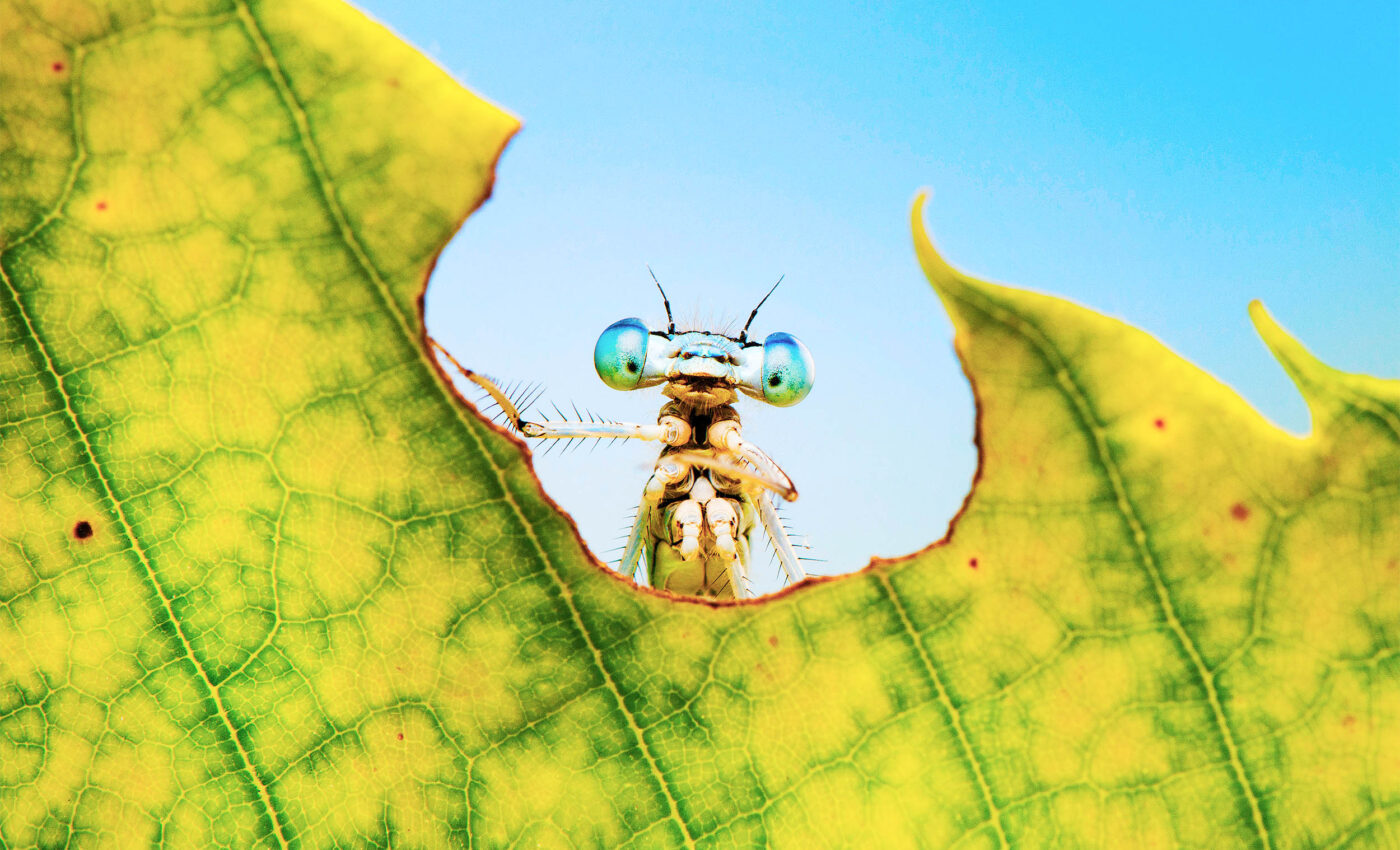
New rule of biology: Instability is key to evolution and life
In the world of science, it’s not every day that a new “rule of biology” emerges. These rules, or biological laws, are like the fundamental truths of the living world. They describe stability or instability patterns and behaviors that are consistently observed throughout life.
One such rule is Allen’s rule, which explains why animals in colder climates have shorter limbs than their counterparts in warmer regions. Now, John Tower, a professor of biological sciences at USC Dornsife, is proposing a new rule that challenges our understanding of how life works.
Selectively advantageous instability of life
Tower’s rule revolves around a concept called “selectively advantageous instability,” or SAI. This concept suggests that a certain level of instability in biological components, such as proteins and genetic material, can actually be beneficial to cells.
This might seem counterintuitive. We often associate stability with health and well-being. After all, stable systems require less energy and resources to maintain. Hexagons, for example, are a common shape in nature because they are inherently stable and efficient.
But Tower argues that instability is just as fundamental to life as stability. “Even the simplest cells contain proteases and nucleases and regularly degrade and replace their proteins and RNAs, indicating that SAI is essential for life,” Tower explains.
Evolution, instability and life
So, how does instability play a role in the scheme of life? Tower believes that SAI is a driving force in evolution.
As cells build and break down unstable components, they essentially exist in two states: one with the unstable component present and one without it. Natural selection can act differently on these two states.
This can lead to a situation where both a normal gene and a mutated version of that gene are maintained in the same population, as each gene might be advantageous in a different state.
This genetic diversity, driven by instability, is what allows cells and organisms to adapt and evolve over time in their life. It’s like a constant dance between stability and instability, where the right balance can lead to incredible resilience and adaptability.
Dark side of instability
While SAI can enhance adaptability and evolution, it has a downside. The process of constantly creating and replacing unstable components within cells demands significant energy. This energetic cost can strain cellular resources, potentially leading to inefficiencies over time.
Tower suggests that SAI could be a key factor in aging. “Creating and then replacing the unstable components within cells comes at the cost of materials and energy. Breaking it down may also require additional energy,” he says.
Additionally, SAI allows for the coexistence of normal and mutated genes within the same cell population. While this genetic diversity can be beneficial, it also poses risks.
If a harmful mutated gene persists alongside a normal gene, it can have detrimental effects. These harmful mutations might contribute to cellular damage and dysfunction, accelerating the aging process.
Over time, the accumulation of such harmful mutations can impair cell function, leading to age-related decline in tissue and organ systems.
Thus, while SAI promotes adaptability and survival in changing environments, it also introduces vulnerabilities that can impact the aging process and overall cellular health.
Beyond evolution and aging
The implications of SAI extend far beyond evolution and aging. It has the potential to shed light on a wide range of biological phenomena, from chaos theory and criticality to Turing patterns and even “cellular consciousness.”
“Science has been fascinated lately with concepts such as chaos theory, criticality, Turing patterns and ‘cellular consciousness,'” says Tower. “Research in the field suggests that SAI plays an important role in producing each of these phenomena.”
Tower believes that SAI is so widespread in biology and has such far-reaching consequences that it could be considered a new rule of biology. This rule challenges our traditional view of stability and highlights the importance of embracing instability in our understanding of life.
Embracing the paradox
The idea that instability is essential for life might seem paradoxical, but it’s a reminder that life is a dynamic and ever-changing process. It’s a constant dance between order and chaos, stability and instability. And it’s this delicate balance that allows life to thrive and evolve.
“Even the simplest cells contain proteases and nucleases and regularly degrade and replace their proteins and RNAs, indicating that SAI is essential for life,” Tower notes.
So, while stability might seem like the ideal state, it’s the instability that keeps life moving forward. It’s the spark that ignites evolution, the engine that drives adaptation, and the force that shapes the diversity of life on Earth.
The study is published in the journal Frontiers in Aging.
—–
Like what you read? Subscribe to our newsletter for engaging articles, exclusive content, and the latest updates.
Check us out on EarthSnap, a free app brought to you by Eric Ralls and Earth.com.
—–













